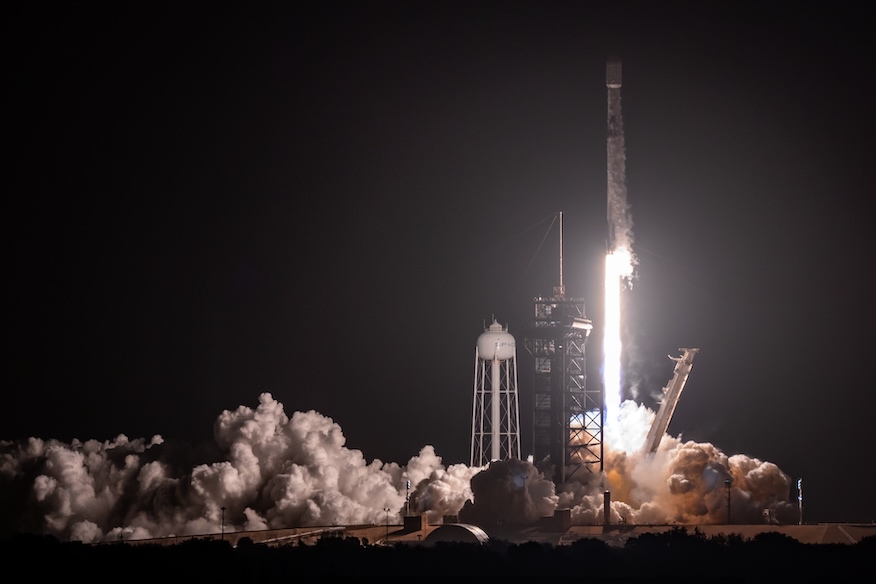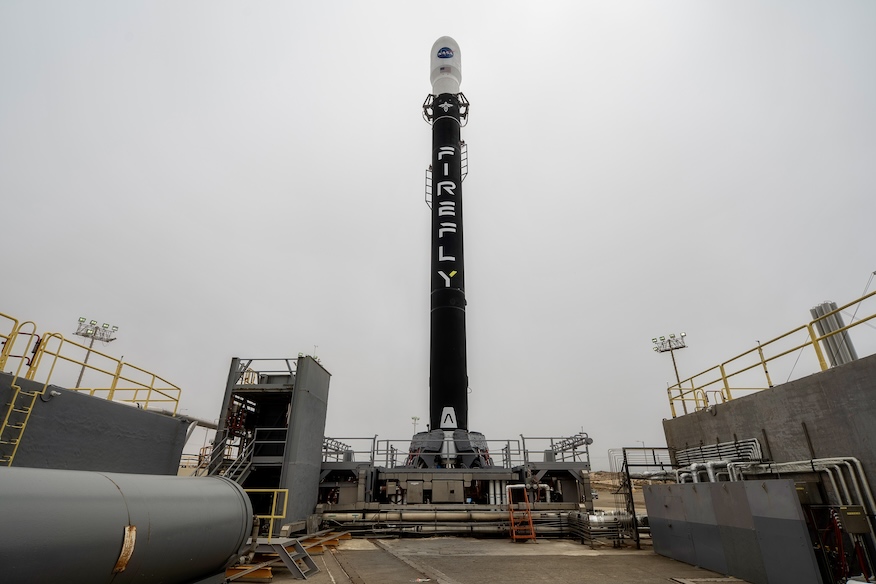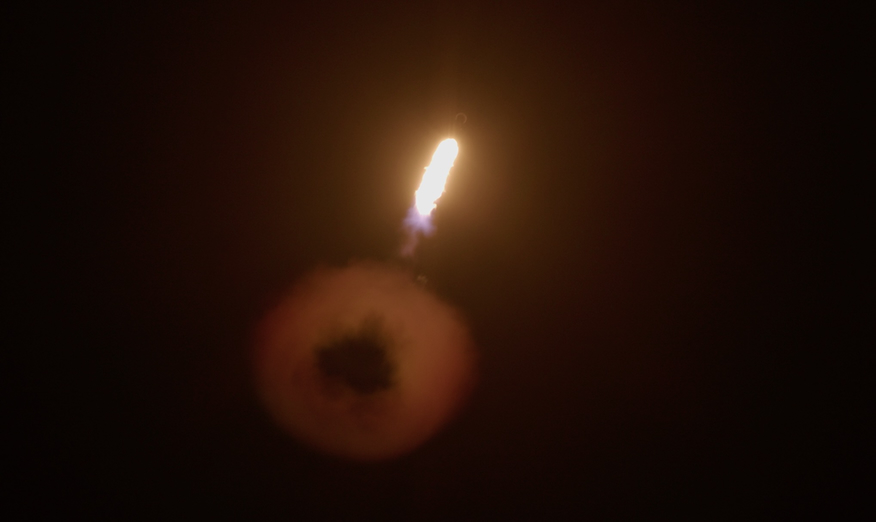
SpaceX completed double-header launch night as the end of the year approached. A Falcon 9 rocket launched the Starlink 6-36 mission from Cape Canaveral Space Force Station at 11:01 p.m. EST (0401 UTC) on Thursday.
This mission comes on the heels of the Falcon Heavy launch, sending the X-37B military spaceplane to orbit.
The two missions launched 2 hours 54 minutes and 40 seconds apart, marking the shortest turnaround between orbital launches from Florida since the launches of the Agena Target Vehicle and Gemini 8 on March 16, 1966, which were 1 hour 40 minutes and 59 seconds apart. The overall record for the shortest turnaround at the Cape continues to be held by the Gemini 11 which launched on Sep. 12, 1966, 1 hour 37 minutes and 25 seconds after its Agena docking target.
The booster supporting this mission is tail number B1069, which made its 12th flight. This was the ninth time the booster lifted off from Space Launch Complex-40 (SLC-40). It’s other three launches were from historic Launch Complex 39A at NASA’s Kennedy Space Center.
It first launched SpaceX’s 24th Commercial Resupply Services (CRS-24) mission and would go on to launch seven Starlink missions as well.
About 8.5 minutes after liftoff B1069 landed back on the droneship, ‘A Shortfall of Gravitas,’ which was stationed near the Bahamas in the Atlantic Ocean.
The mission was the first flight of a Falcon 9 rocket since the return of the destroyed first stage booster, tail number B1058, earlier this week. Following the first flight of B1069 two years ago, SpaceX’s Kiko Dontchev said they started introducing self-leveling landing legs to help protect booster on their return to port.
Super disappointing and sad to lose booster 1058.
Tippy boosters occur when you get a certain set of landing conditions that lead to the legs having uneven loading. Heavy wind or sea state then cause the booster to teeter and slide which can lead to even worse leg loading. In… https://t.co/crDXK2yPH3
— Kiko Dontchev (@TurkeyBeaver) December 26, 2023



